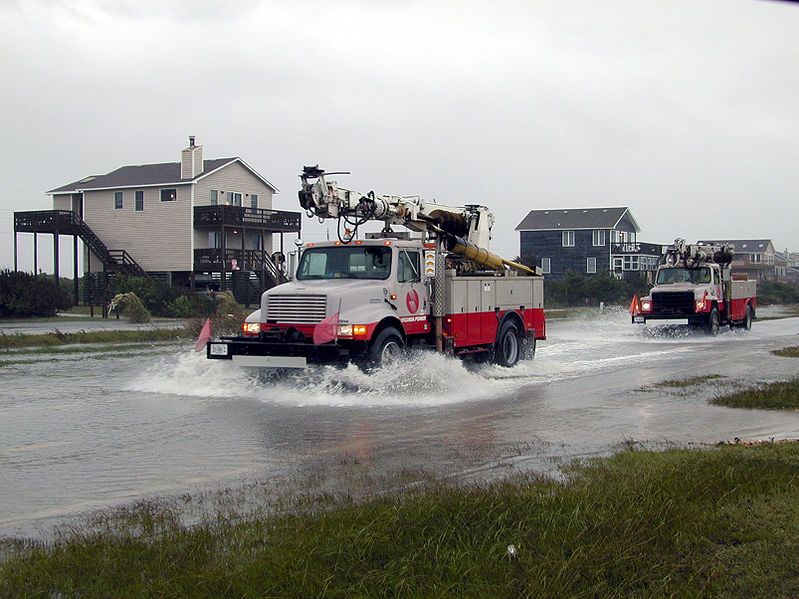US east coast experiencing faster sea level rise
A new study has shown that the east coast of the USA is experiencing faster sea level rise than elsewhere in the world, due to changes in ocean currents.

A new study has shown that the east coast of the USA is experiencing faster sea level rise than elsewhere in the world, due to changes in ocean currents. Sea level globally has risen around two inches (5cm) over the last few decades, but it is rising two to three times as fast in some areas of the American east coast.
Norfolk, Virginia is worst off, as levels have risen almost five inches (12cm) there and led to increased frequency of flooding. Major cities such as Philadelphia and New York have also seen a well above average rise. The change can be put down to currents, which have altered course as a result of climate change, pushing the water towards the east coast. The Gulf Stream for example, is likely to slow due to climate change, which will reduce the massive transfer of water from west to east of the Atlantic, increasing sea levels on the coast.
The long term projections for sea level rise not just in this region, but across the whole US are not promising. By 2100, California is projected to experience three feet (90cm) of sea level rise, whilst the north-west is to have around two feet (60cm) to deal with. The east coast will experience up to four feet however (120cm), due to the accelerated rate caused by the changing currents in the region. The global average is expected to be around 90cm.
The future sea level is an important figure, because many local governments set restrictions on property development in areas under threat; the figures also affect flood insurance for current buildings on the coast as well. In countries with less stringent restrictions for building on the coast, sea level rise is likely to cause even bigger problems.
